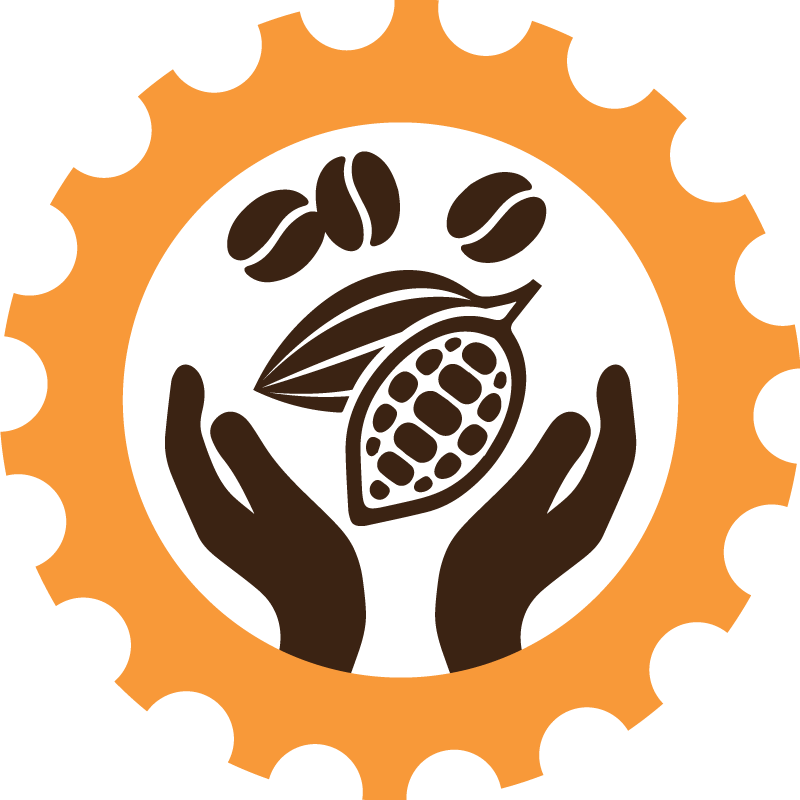Risk Diagnosis Tools

Diagnose and mitigate vulnerabilities in the supply chain. Ensure continuity and sustainability of the supply of cocoa despite challenges like climate change, competing land uses and contaminants.
Climate suitability maps
Climate suitability maps show crop-specific climate zones. They can be used to understand the diversity of conditions and management practices in which coffee and cocoa are cultivated. Combined with global climate models we can describe zones with common degrees of impact, from low to high.
These impact zones can be used by public, private and non-governmental actors to roll out climate adaptation interventions at scale.
Cost of inaction studies
Effective policies require a careful ex-ante evaluation of their costs and benefits. With climate change, the business-as-usual reference scenario without intervention is increasingly difficult to assess.
Costing the inaction to climate change can provide a benchmark against which policy makers can compare their adaptation strategies.
Cadmium in cocoa
An emerging challenge is that concentrations of cadmium in cocoa beans in some areas of Latin American countries exceed the maximum levels stipulated in an EU food safety regulation on cadmium in chocolate and cocoa powder and sold to consumers that became effective in January 2019.
Clima-LoCa is a regional project led by CIAT, that will address important challenges related to the resilience, competitiveness and inclusiveness of the growing cocoa sectors of Colombia, Ecuador and Peru. We will foster the development, implementation and scaling of low cadmium and climate-relevant production practices and innovations that fit the diverse contexts of smallholder cocoa production. Additional projects in Peru allow the mapping of the scale of the problem, as well as development of locally specific solutions that not only reduce the uptake of cadmium by cacao trees, but also increase productivity and thus income to the farmers.







